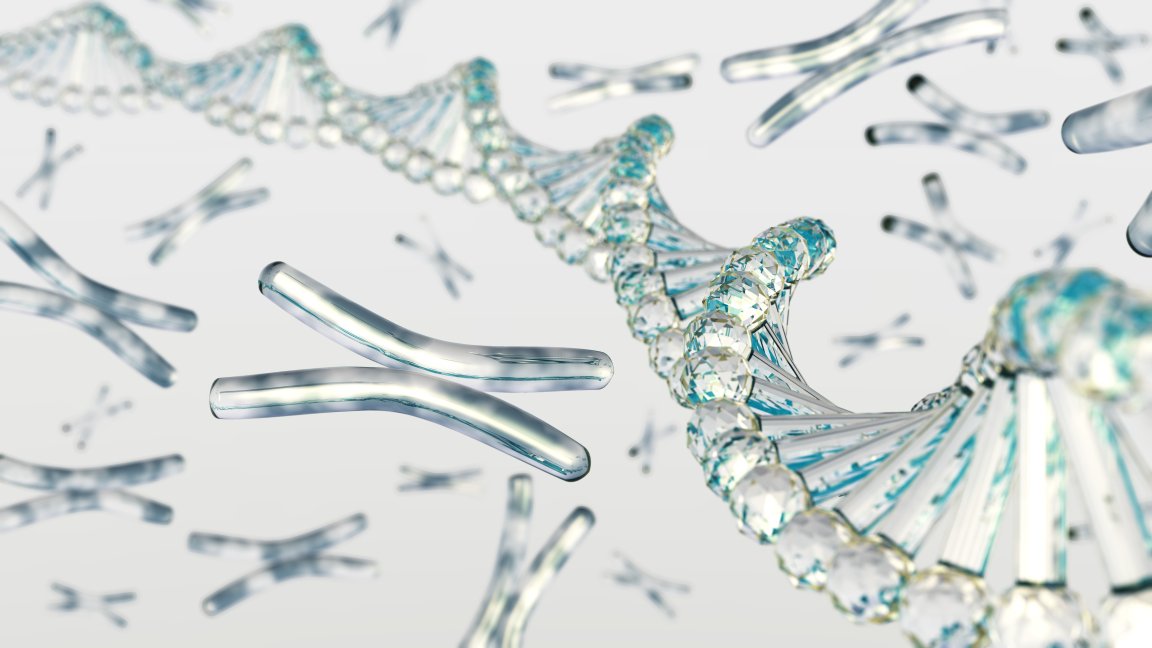
The Purging Role of Sex
In a new paper published by Science, Alexey Kondrashov, Professor of Ecology and Evolutionary Biology at the University of Michigan, along with the co-authors of the study, have proposed that a discrepancy between the predicted amount mutations in a species and the actual number is explained by sexual intercourse compounding mutations. When mutations combine and interact, it expedites the time it takes for natural selection to work against negatively mutated individuals.
The study first calculated the theoretical mutation rate of humans and wild fruit flies. Then, it amassed data from around 2,000 people and around 300 flies, in order to ascertain the proportion of real-world individuals with mutations. They found that the real world ratio was far lower than the theoretical one.
Shamil Sunyaev, a co-director of the project, told Phys.Org that this lead them to believe that “natural selection against highly damaging genetic mutations is ongoing in humans, and that it is aided by synergistic interactions between different parts of the human genome.” Essentially, mutation does not work in isolation, but different mutations can impact and worsen each other.
Mashaal Sohail, lead author on the study, went on to state that “sex had to come about in a species such as our own to allow for more effective natural selection because the mutation rate is too high to sustain otherwise.” Sex is the mechanism through which we combine mutations and therefore speed up the rate at which these mutations are eliminated, as they are exposed to other mutations that increase their effect.
This phenomena is called synergistic (or narrowing) epistasis, and the researchers concluded that it is has a more positive evolutionary effect than asexual reproduction, as it allows an organism to eliminate multiple mutations — that are the result of sexual genome mixing — in the death of a single organism that is no longer able to reproduce — or even reach the reproductive stage — due to stacked mutations.
New Perspectives on Natural Selection and CRISPR
The implications of this study are twofold. First, it gives a causal mechanism that explains why humans continue to reproduce at such a rapid rate — a key question in the field of population genetics. According to the study, rapidly multiplying may in fact be an efficient means of mutation purging.
It also explains why there were fewer people and flies with lots of detrimental mutations. Natural selection continues to exert its influence in a world of effective medicine and adequate infrastructure.
The study, if it proves correct, would change the previous concept of genetic mutations, which saw them as manifesting and being purged on a micro level, with each being eliminated one by one.
This shift in perception towards a synergistic model has serious ramifications on the theories behind gene editing processes like CRISPR. CRISPR functions according to the logic of the micro alteration proposed above, making individual changes in the genome with the hope of altering one aspect or mutation.
This finding shows, however, that genes work in synchronicity, and therefore an alteration in one could be the first domino to fall in a chain reaction, leading to wholly unexpected consequences. It gives ammunition to the scientists who are arguing that CRISPR does cause unexpected genetic mutations in a recent dispute over a paper published in Nature Methods.